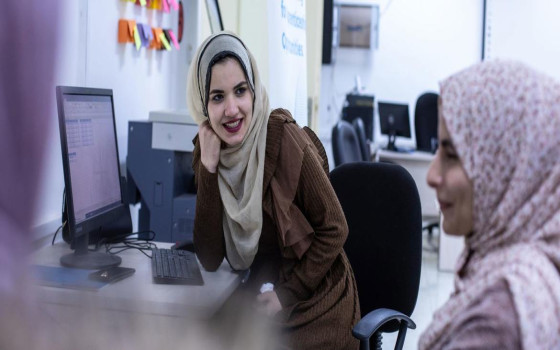
UN Call to Promote Women's Empowerment in the Arab Region: Equality in the Workplace Could Take 115 Years

- Europe and Arabs
- Thursday , 17 April 2025 7:16 AM GMT
Beirut - New York: Europe and the Arabs
A UN report reveals a mixed picture of progress on gender equality in the Arab region. While the report points to some tangible achievements, such as increased women's representation in parliaments and a decline in maternal mortality rates, it warns that the pace of progress remains too slow. According to the UN Daily News Bulletin, a copy of which we received this Thursday morning, the report was released by UN Women and the United Nations Economic and Social Commission for Western Asia (ESCWA) yesterday, Wednesday, in Beirut, coinciding with a meeting of policymakers and stakeholders as part of the Arab Forum for Sustainable Development.
The report called for renewed regional consensus to accelerate efforts to close the gender gap, promote the rights and empowerment of all women and girls, emphasizing the high cost of inequality and the enormous benefits of empowering women and girls.
Concrete Achievements
The report highlighted tangible achievements, with women holding 18% of parliamentary seats in the region, a significant increase compared to the past decade. The maternal mortality rate also fell by 45% between 2000 and 2020.
In education, 5.5 million more girls enrolled in primary through lower secondary education compared to 2015. The gender gap in primary school completion rates narrowed to 3 percentage points, and girls outperformed boys at the secondary level, with a completion rate of 68% compared to 66%.
In the labor market, women in the region hold 23% of jobs in science, technology, engineering, and mathematics (STEM).
115 Years to Close the Gender Employment Gap
Despite these achievements, the report shows that none of the indicators under Sustainable Development Goal 5 (SDG 5) – on gender equality – including its sub-indicators, are currently on track.
At the current pace, it will take approximately 115 years to close the gap in labor force participation between women and men, a worrying figure. “Only one in five women in the region is employed or looking for work, compared to a global average of 49%. Even more alarming, 29.4 million girls in the Arab States were married before they turned 18. Women also continue to bear the brunt of unpaid care and domestic work.”
An Undeniable Truth
“Today’s report reveals an undeniable truth: progress is possible, but it is not happening at the pace we need,” said Moez Draid, Acting Regional Director of UN Women for the Arab States. “We must continue to push forward to fulfill the commitments made by world leaders at the Fourth World Conference on Women in Beijing 30 years ago, and within the framework of the 2030 Agenda. Let us unite to remove the barriers that continue to hold women and girls back, and build a future where women’s empowerment is a reality, not just a goal.”
Turning Promises into Achievements
Mehrinaz El Awady, Chair of the Gender Justice, Population, and Inclusive Development Cluster at the United Nations Economic and Social Commission for Western Asia (ESCWA), said: “This report is a wake-up call. It not only highlights the progress that has been made, but also reveals the glaring gaps that remain. Achieving gender equality in the Arab region requires urgent action, unwavering commitment, and bold actions. We owe it to every woman and girl to turn promises into achievements, and achievements into sustainable change.”
The report warned of the high cost of inaction. For example, eliminating child marriage in Arab countries could increase annual economic growth by about 3%, potentially adding nearly $3 trillion to the region’s economy by 2050.
The report presents a set of key recommendations for eliminating gender discrimination under the 17 Sustainable Development Goals, including accelerating legal reforms, ending all forms of discrimination against women and girls, and increasing investments in women’s empowerment.


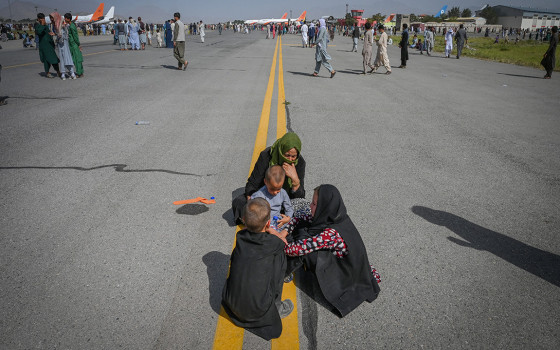
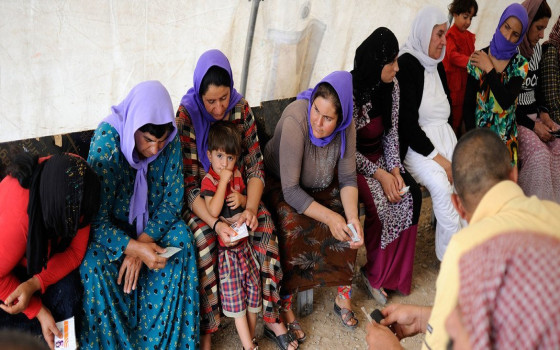
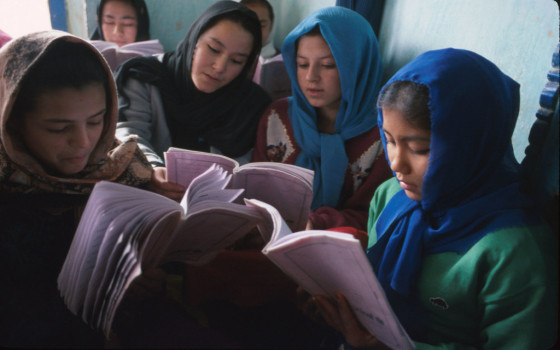
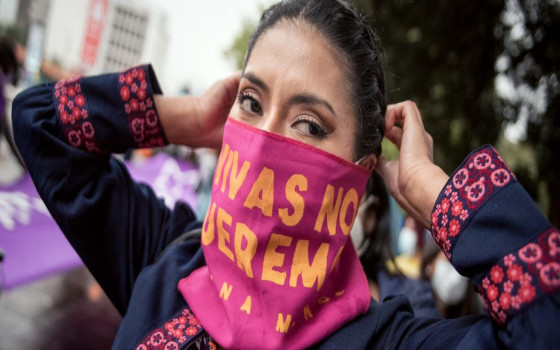
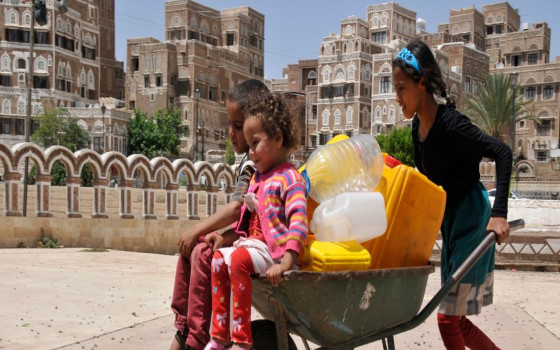
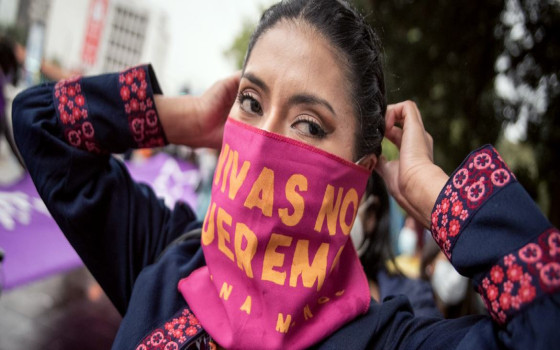
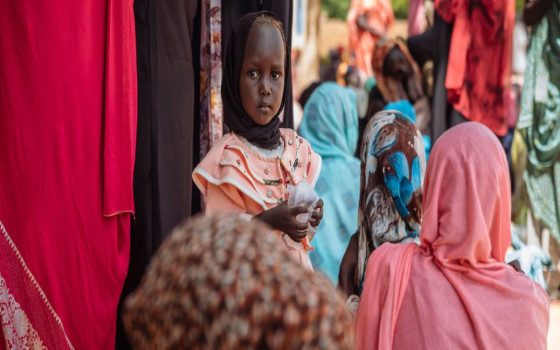
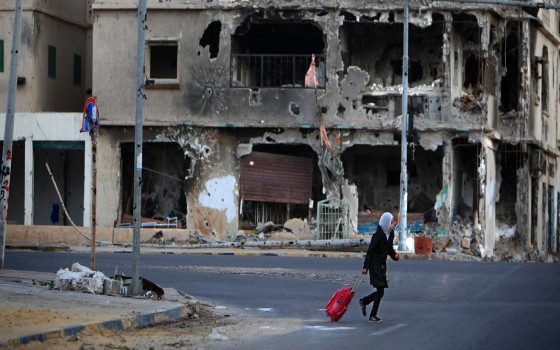

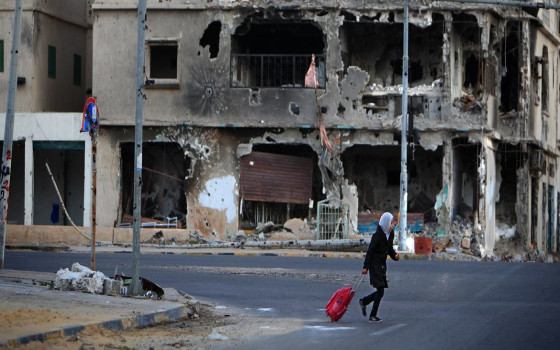
No Comments Found